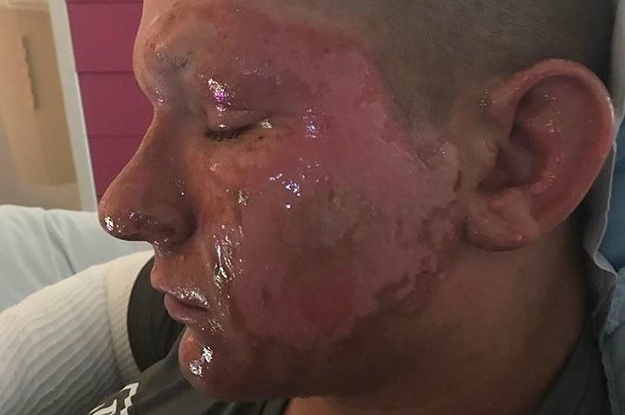

So what can of worms did you open in 2013? But in recent years, because interest had apparently waned, hookworm studies in the U.S. The Rockefeller Foundation funded a project to try to eradicate hookworm, and studies in the 1950s showed the infection rate was about 40%, not just in Alabama, but throughout the South. The sharecropper was the classic presentation. In the 1900s, a study in some counties in Alabama found about 60% of people had hookworm - mostly African Americans and poor whites. Public health people have talked about hookworm since the 1800s. And it requires poor sanitation conditions where human waste gets into the soil. It needs a tropical or subtropical climate. It needs moist, loamy soil - the same type of soil found in Alabama, the plains of Argentina and other places with hookworm. His answers have been lightly edited for space. has keeping it under control compared with resource-poor countries. We talked with him by telephone about the disease and the various struggles the U.S. Now, he and partners are leading efforts to control the outbreak in rural Alabama.

Mejia has worked to quell hookworm disease in Ecuador, Mozambique, the grassy plains of northern Argentina. In a paper published in 2017, Mejia and his team reported finding more than a third of the people in one Alabama county were infected with hookworm disease. Rojelio Mejia, infectious disease specialist at Baylor College of Medicine, says the parasites are no strangers to U.S. There are ongoing efforts to wipe it out in Africa. Hookworm disease flourishes in hot, moist climates where people have limited access to water or have inadequate sewage systems or poor hygiene. When the worms and their eggs are passed in a host's stool, the cycle begins anew. The parasites penetrate the skin, enter the bloodstream, and eventually migrate to the small intestine - where they settle in, mature, and start sucking blood and laying eggs. When hookworm eggs land on moist, warm ground, via human feces, they develop into larvae, raise their tiny selves upward, and wave back and forth looking for bare feet to latch onto. The larvae, which penetrate the skin, are even smaller.


 0 kommentar(er)
0 kommentar(er)
